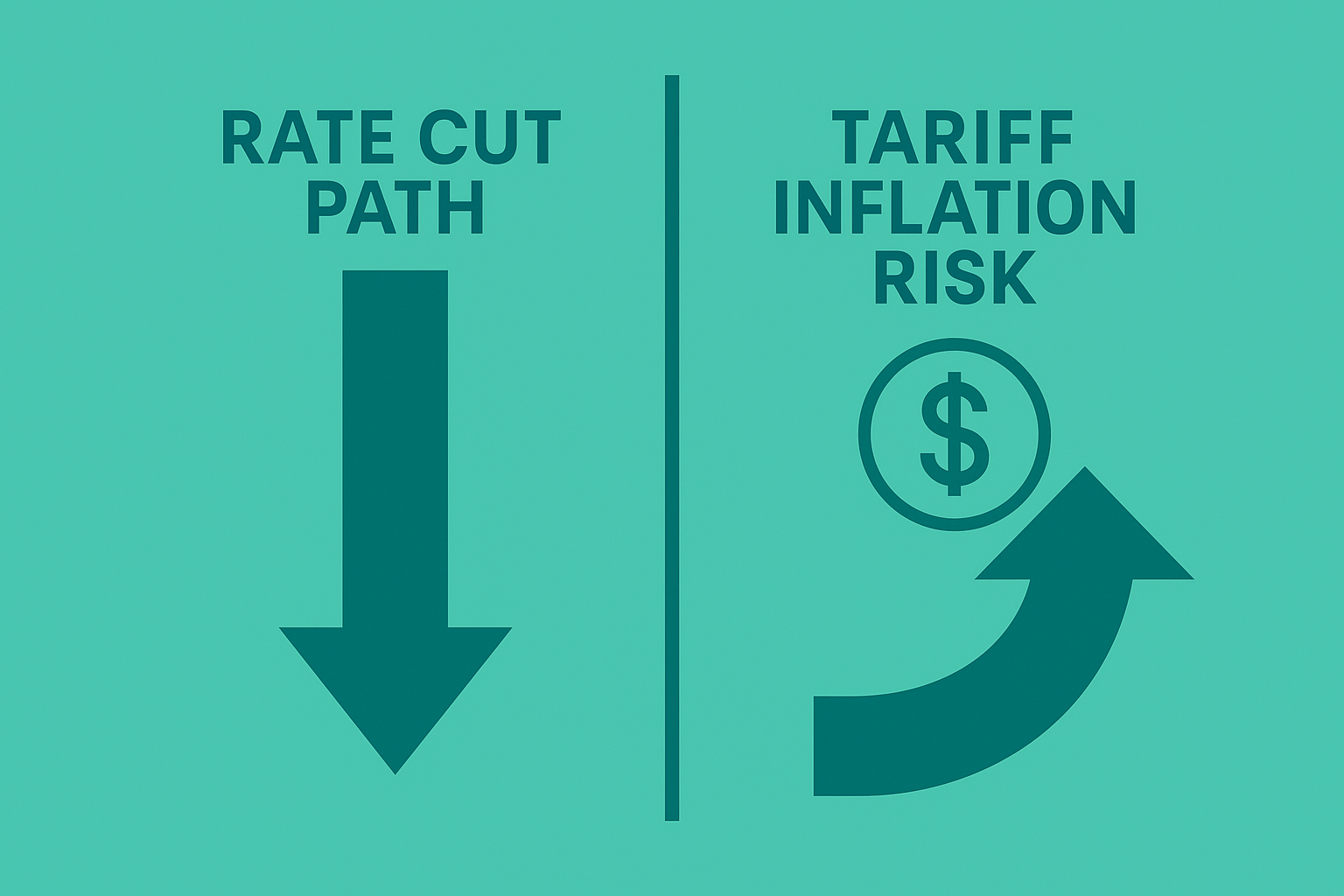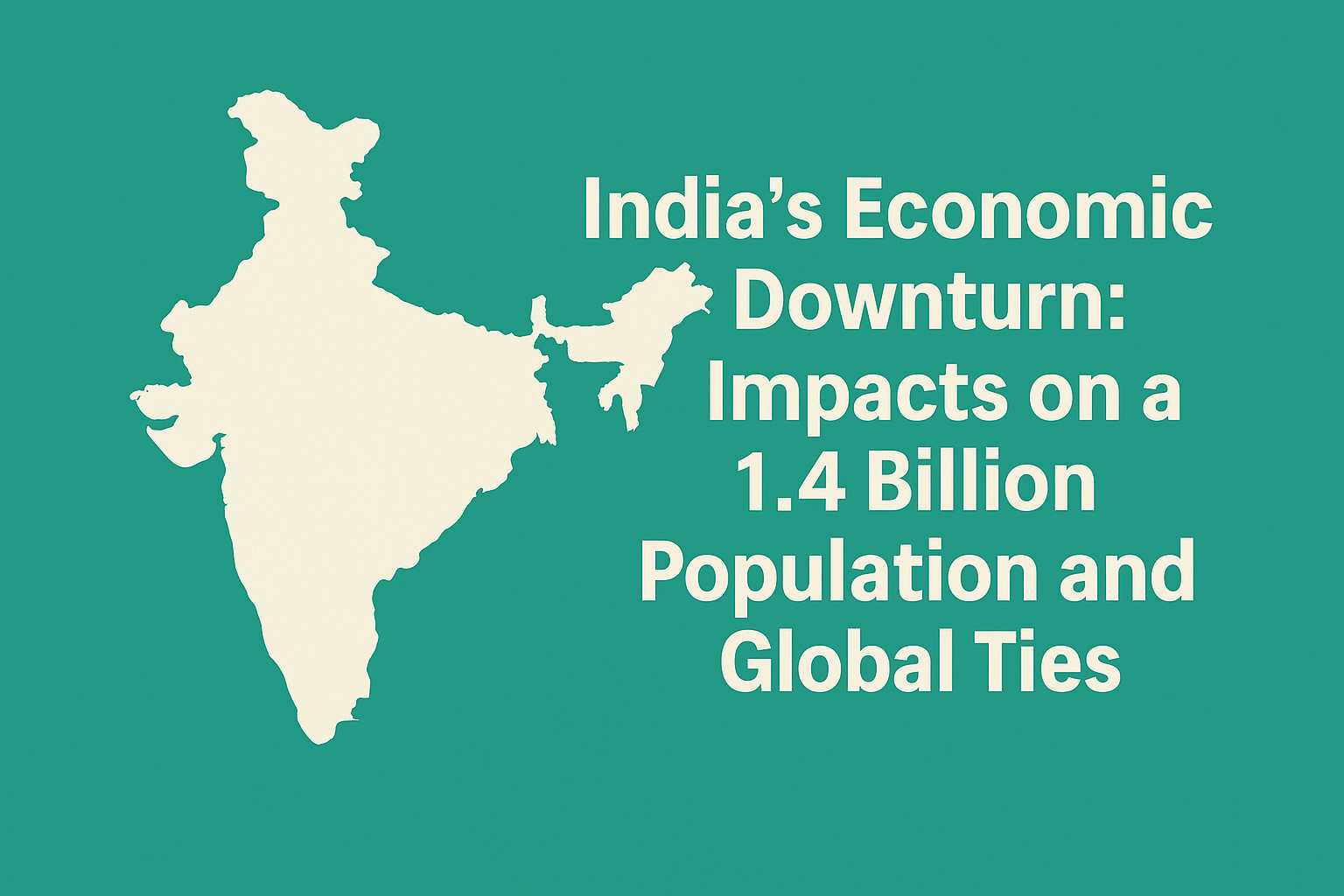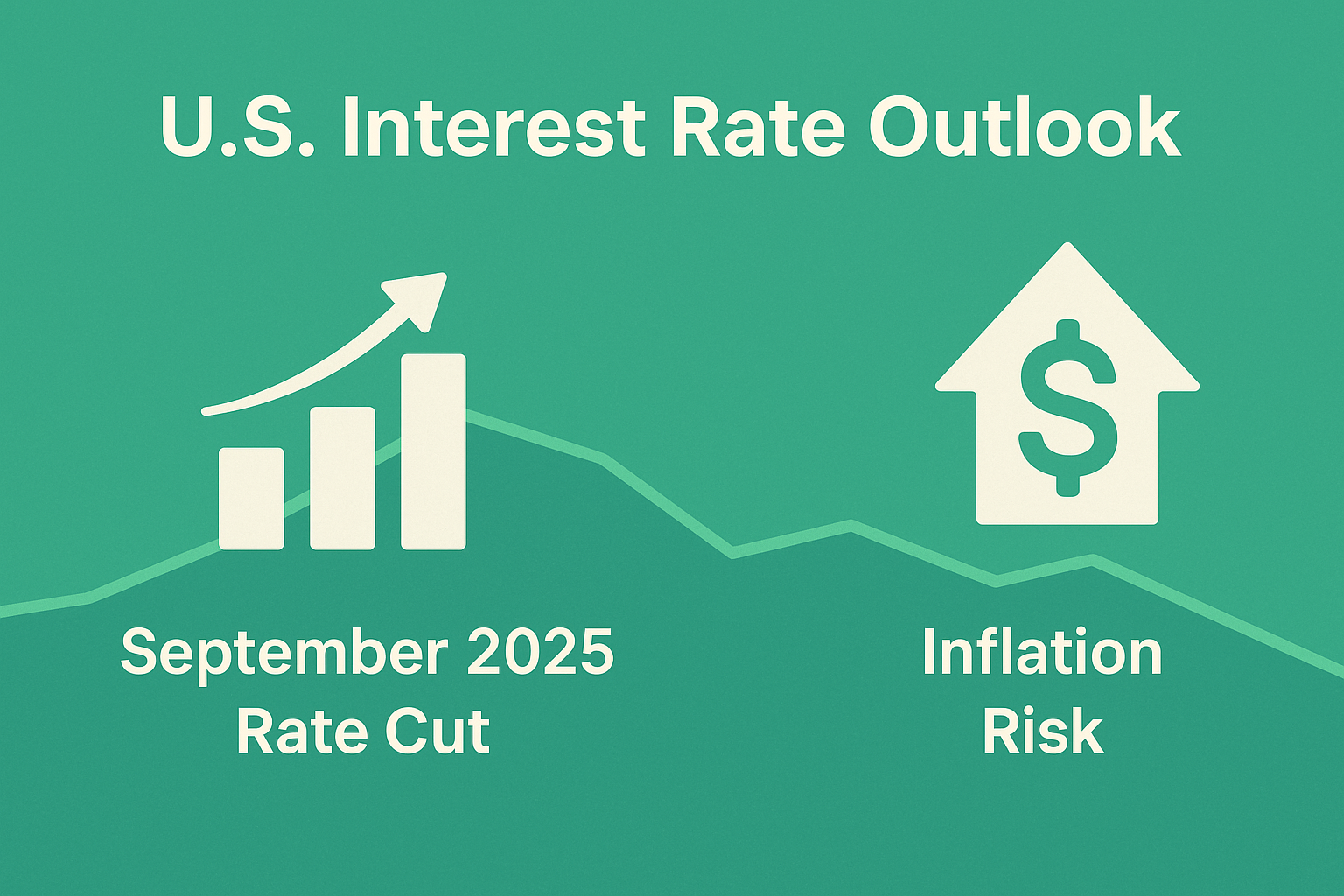Introduction
The 2025 Jackson Hole Economic Policy Symposium, held in late August, focused on the theme:
“Labor Markets in Transition: Demographics, Productivity, and Macroeconomic Policy.”
Among the many central bankers and economists, Federal Reserve Chair Jerome Powell’s speech captured global attention. His remarks balanced caution on inflation with acknowledgment of rising risks to employment, signaling a shift toward modest, flexible rate cuts and a return to pre-pandemic policy principles.
Key Takeaways from Powell’s Speech
1. Toward Modest Rate Cuts
Powell described the current stance of monetary policy as “restrictive, though only modestly so.” He stressed that policy is not on a pre-set course, and adjustments will depend on incoming data.
- Markets interpreted this as a clear signal that a 25bp rate cut in September is likely.
- Expectations of an additional cut by year-end have strengthened, though Powell carefully avoided making firm commitments.
2. Framework Normalization
A significant portion of Powell’s remarks addressed the review of the Fed’s policy framework:
- Removal of the 2020 emphasis on the effective lower bound (ELB) as a persistent constraint.
- Reaffirmation of the 2% inflation target as the central anchor for credibility.
- Adjustment of the dual mandate principles back toward the 2012 formulation, balancing inflation and employment risks with more flexibility.
- Recognition that the neutral rate (r) is likely higher than in the 2010s*, reflecting demographic and fiscal shifts.
- Commitment to continue five-year reviews, ensuring adaptability in a changing environment.
This marked a pivot away from the “exceptional measures” mindset of the pandemic era toward normalized, rules-based flexibility.
3. New Risk Environment
Powell highlighted the new wave of tariff increases as a source of upside inflation risk.
At the same time, he noted that the U.S. labor market is in a “strange balance,” with both hiring demand and labor supply slowing.
This creates a delicate trade-off:
- Cut rates too slowly, and employment could weaken further.
- Ease too aggressively, and tariff-driven inflation could become entrenched.
Market Reactions
Following Powell’s speech:
- Futures markets priced in a higher probability of a September 25bp cut, with year-end expectations shifting toward two reductions.
- Treasury yields fell slightly, and the dollar softened.
- Investors welcomed Powell’s tone as measured, data-driven, and flexible, contrasting with political pressures calling for aggressive easing.
Implications for the Global Economy
United States
The Fed is entering a new phase of cautious easing:
- Modest cuts provide insurance against labor market weakness.
- Policy normalization avoids the risk of repeating the excessive accommodation of the past decade.
Japan and Global Markets
- Narrower U.S.–Japan rate differentials could place upward pressure on the yen, although a higher neutral rate limits the depth of Fed easing and caps extreme yen strength.
- Globally, policymakers face a dual challenge:
- “Bad inflation” from tariffs and supply frictions.
- Weaker demand that justifies measured monetary support.
The result is a world of lower rates than today, but not as low as the 2010s.
Conclusion
Powell’s 2025 Jackson Hole speech can be summarized in two key messages:
- A path toward gradual, modest rate cuts — flexible and dependent on data.
- A normalization of the policy framework — reaffirming the 2% target, removing crisis-era language, and preparing for a higher neutral rate environment.
In essence, Powell charted a course of “cautious easing with structural realism.” For global investors, this signals a measured Fed, willing to adjust policy but firmly anchored in credibility and independence.


